I've done this little snippet that you can try.
For the long term, here is the code :
<script type="text/x-template" id="app-template">
<v-app>
<v-container>
<v-select
v-model="selectedItems"
:items="options"
multiple
outline
offset-y
@change="(selection) => selectionChanged(selection)">
</v-select>
</v-container>
</v-app>
</script>
<div id="app"></div>
const App = {
template: '#app-template',
data: () => ({
selectedItems: [],
options: [
"One", "Two", "Three"
],
previousSelection: []
}),
methods: {
selectionChanged(selection) {
console.log('previous selection = ', this.previousSelection)
let selected = null
if (this.previousSelection.length < selection.length) {
selected = selection.filter(x => !this.previousSelection.includes(x))[0]
} else if (this.previousSelection.length > selection.length) {
selected = this.previousSelection.filter(x => !selection.includes(x))[0]
}
console.log('selected = ', selected)
this.previousSelection = selection
console.log('selection = ', selection)
}
}
}
new Vue({
vuetify: new Vuetify(),
render: h => h(App)
}).$mount('#app')
If you keep trace of the previous selection (I used previousSelection variable). You can do the difference between the current selection and the previous one, that gives you the item that has been clicked.
It is done with this line for checking:
selected = selection.filter(x => !this.previousSelection.includes(x))[0]
For unchecking, it does the inverse, it takes the one that is not in the selection but was in the previous selection :
selected = this.previousSelection.filter(x => !selection.includes(x))[0]
The [0] is here to give you the item that is alone in the array that is the result of the difference between the previous selection and the current one.
This may not be the most elegant solution, but it works for check/uncheck.
